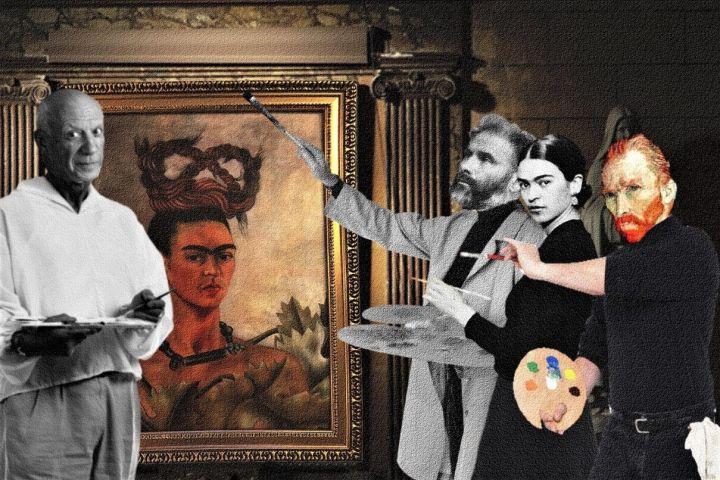Money Laundering Might Taint NFTs Too, Prepare For Tighter Controls
Simon Chandler, 27 March 2021
 While non-fungible tokens (NFTs) are certainly the big thing in crypto at the moment, they aren’t without their problems. Aside from accusations of hype and faddishness, NFTs also raise the familiar and thorny issue of money laundering.
While non-fungible tokens (NFTs) are certainly the big thing in crypto at the moment, they aren’t without their problems. Aside from accusations of hype and faddishness, NFTs also raise the familiar and thorny issue of money laundering.
Without much in the way of quantitative proof, detractors have linked the burgeoning NFT market with money laundering, with some people describing them as the “best money laundering method in the cryptocurrency world.”
However, industry players speaking with Cryptonews.com suggested that, while NFTs are open to money launderers, there’s currently nothing concrete to indicate that their use for laundering is significantly worse than it is in the traditional art world, or with other types of crypto. At the same time, they attest that the strict introduction of KYC/AML (know your customer / anti-money laundering) standards will help combat this emerging problem. Continue reading “Article: Money Laundering Might Taint NFTs Too, Prepare For Tighter Controls”
